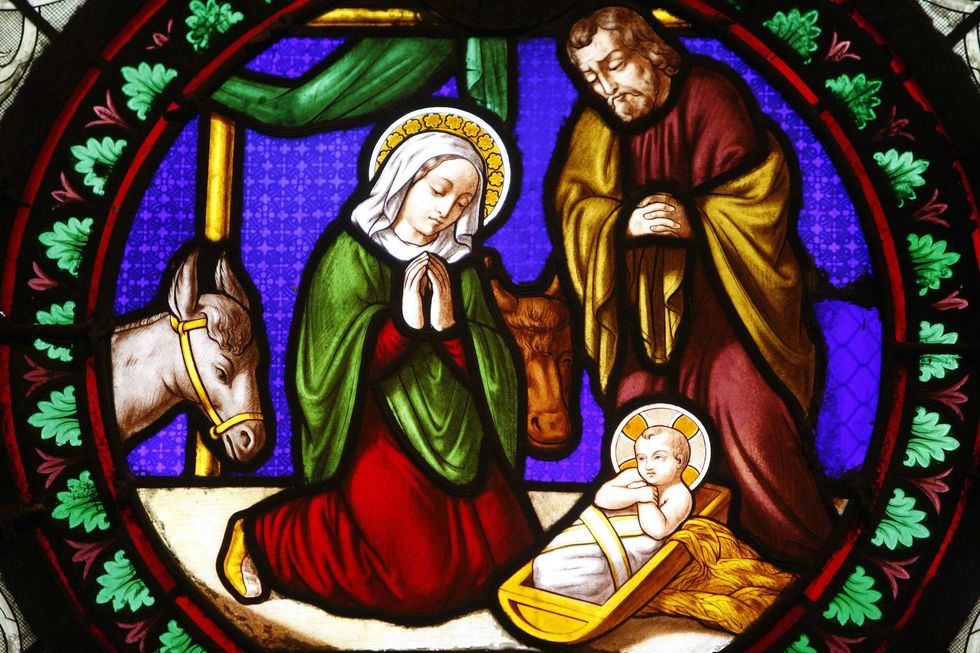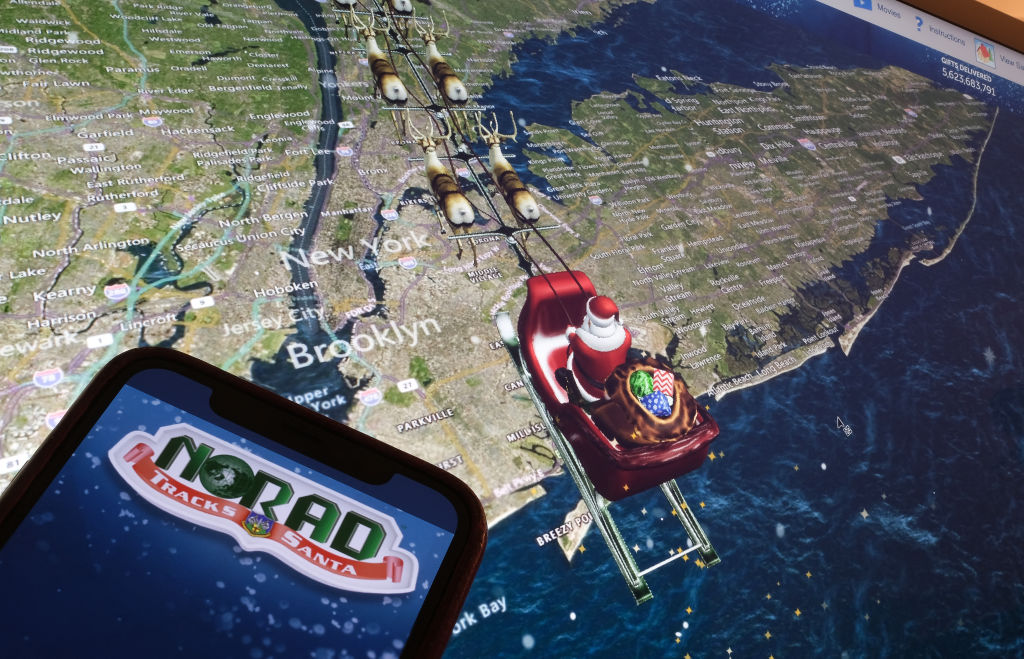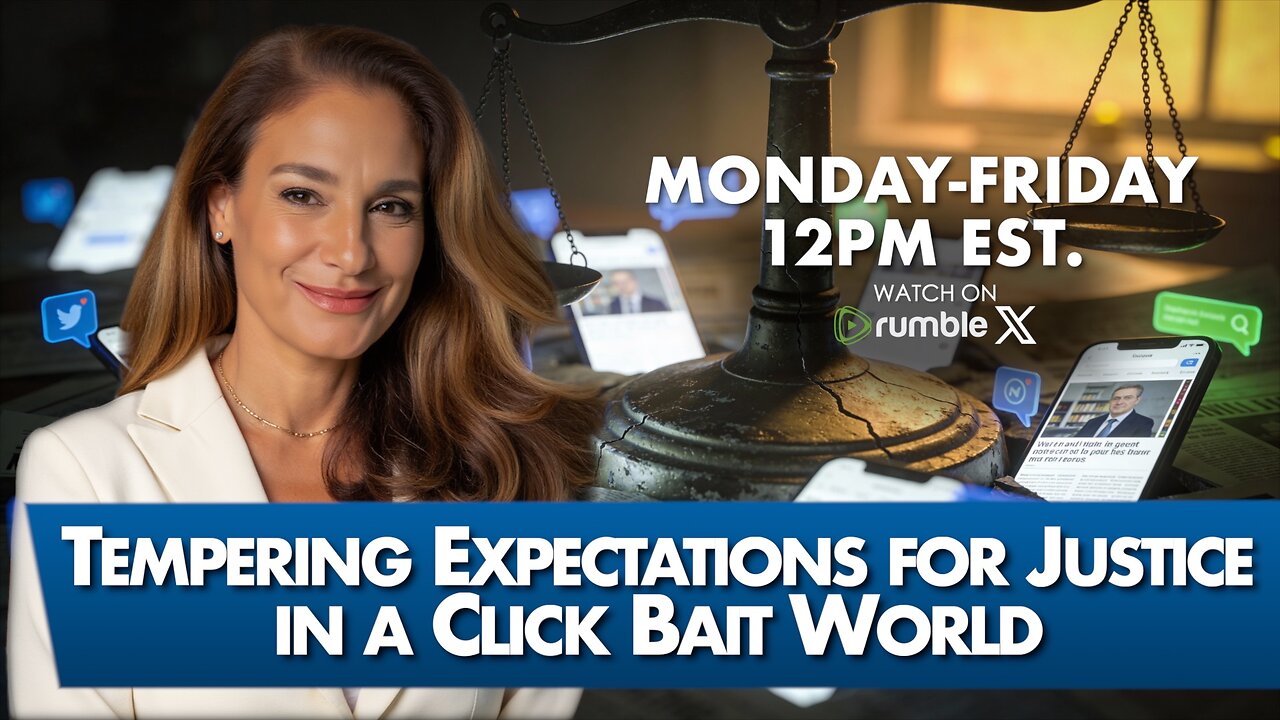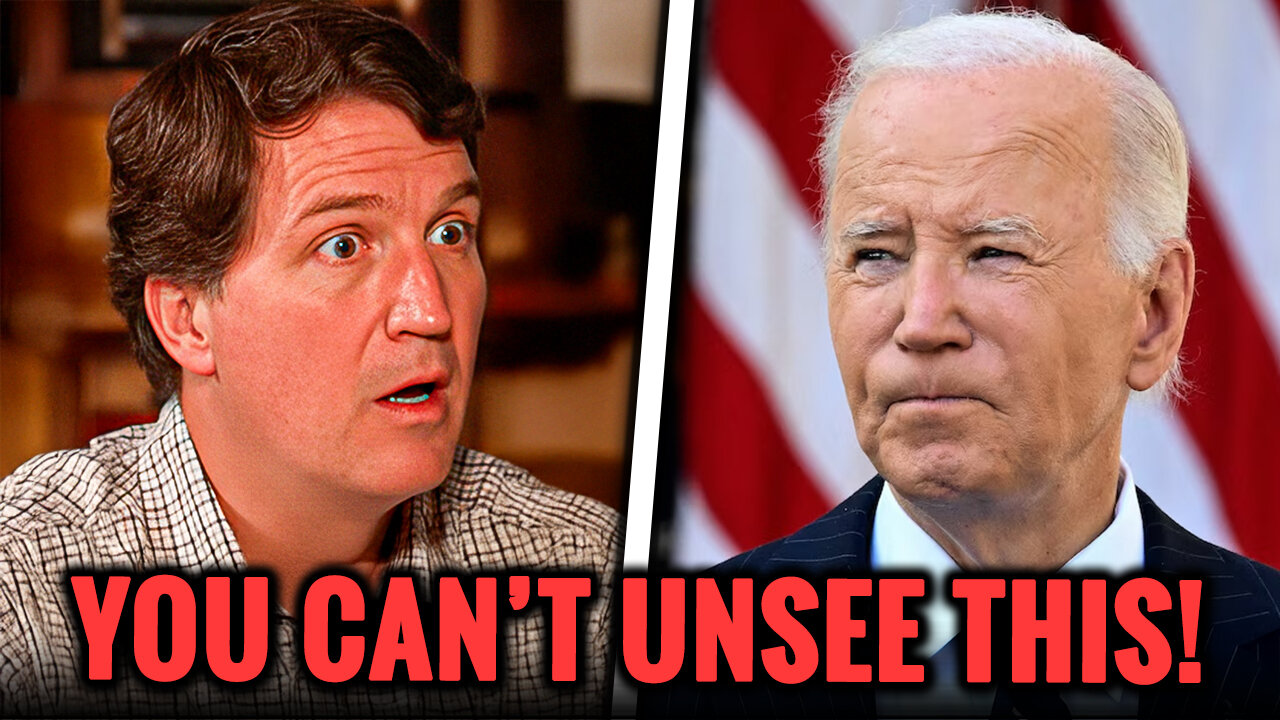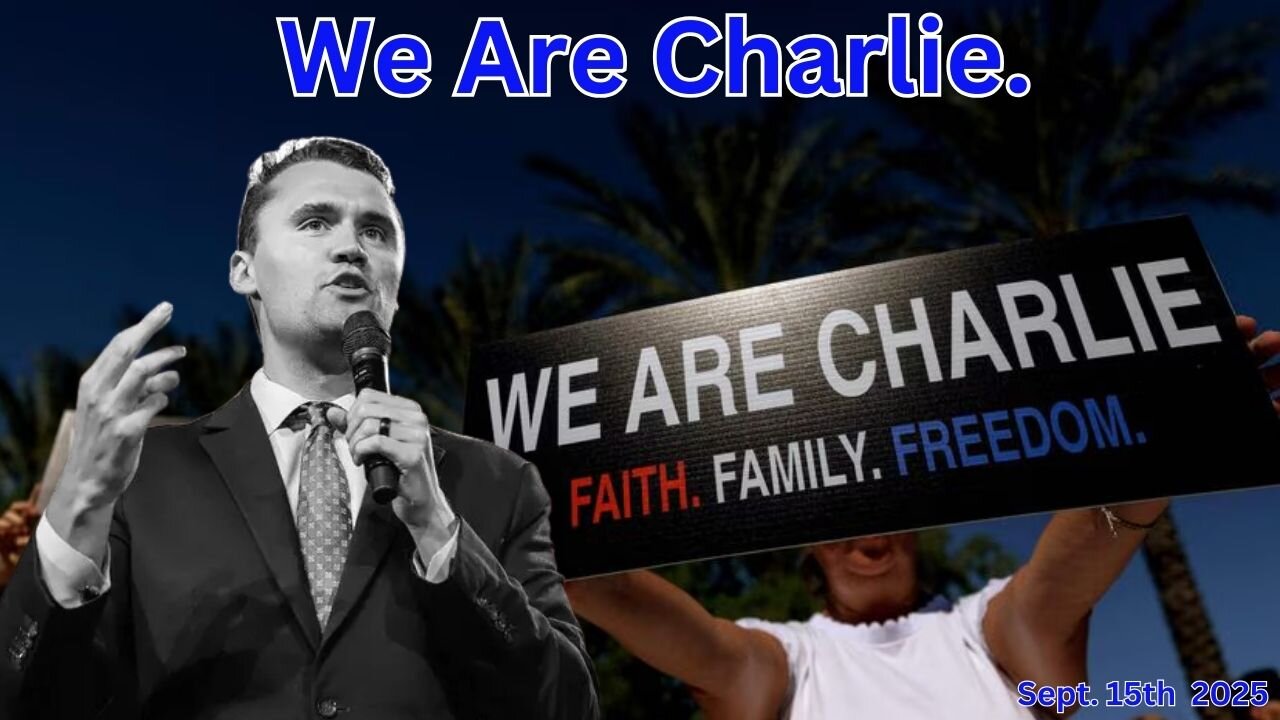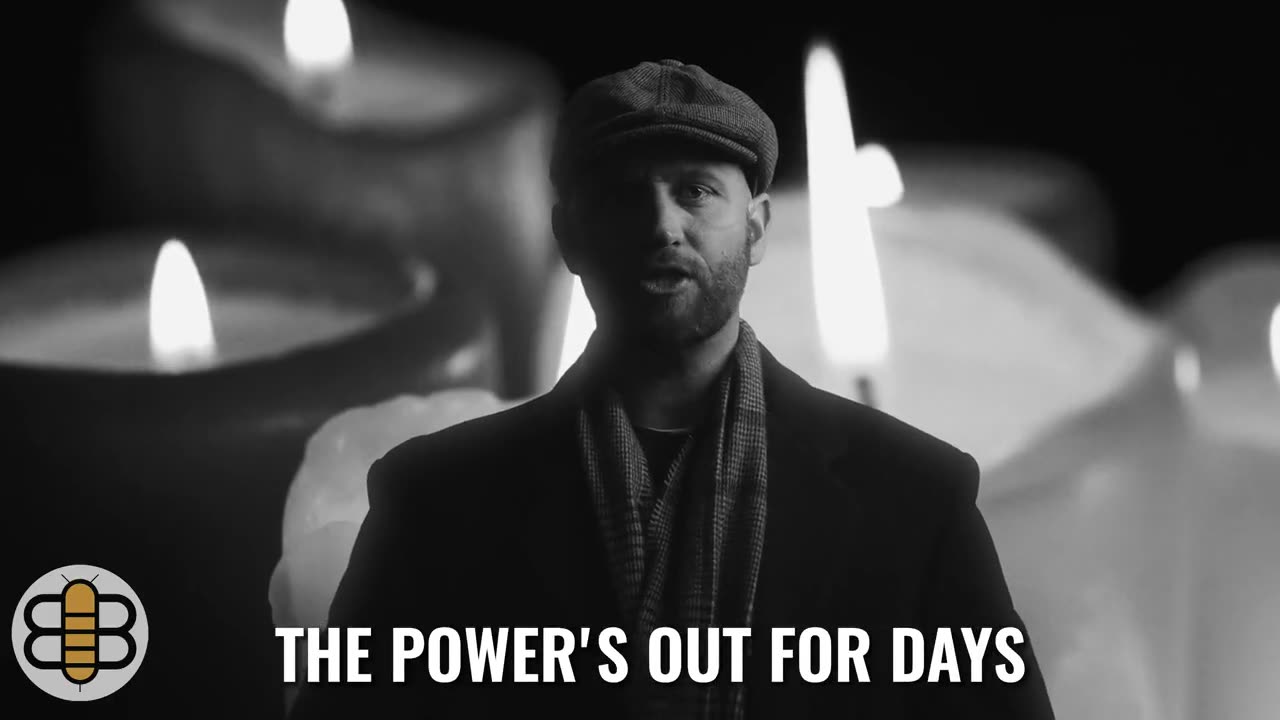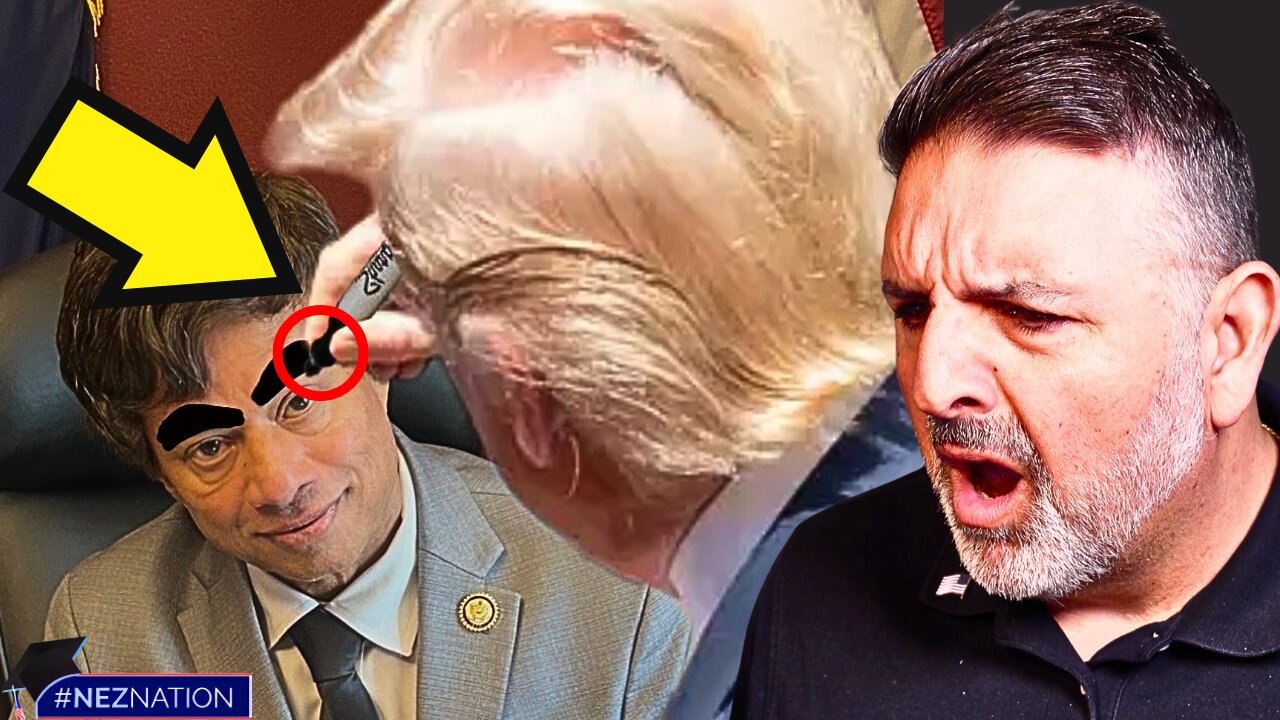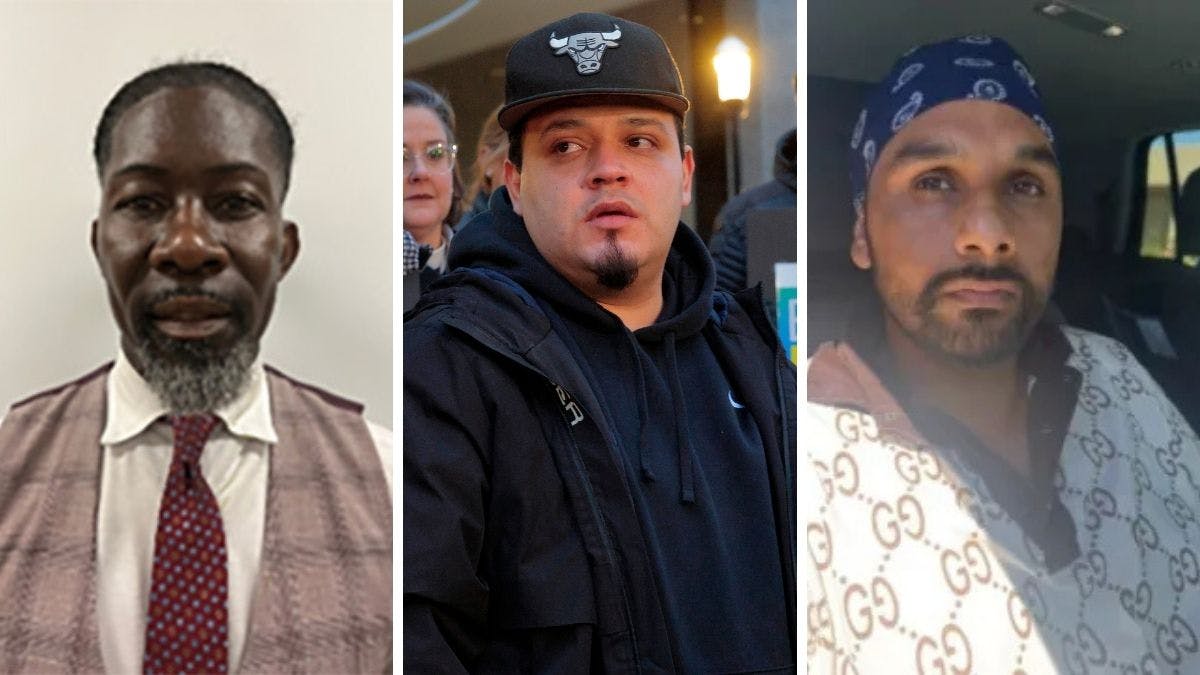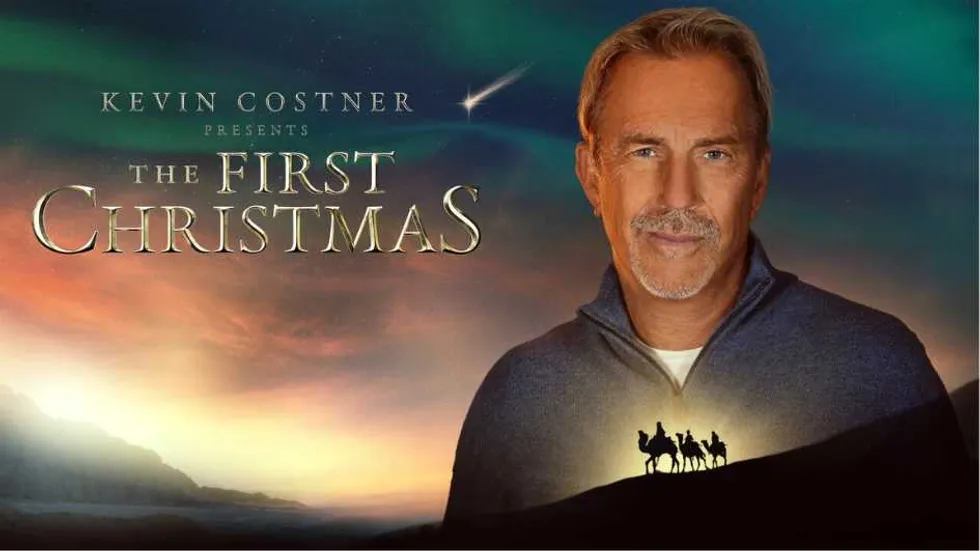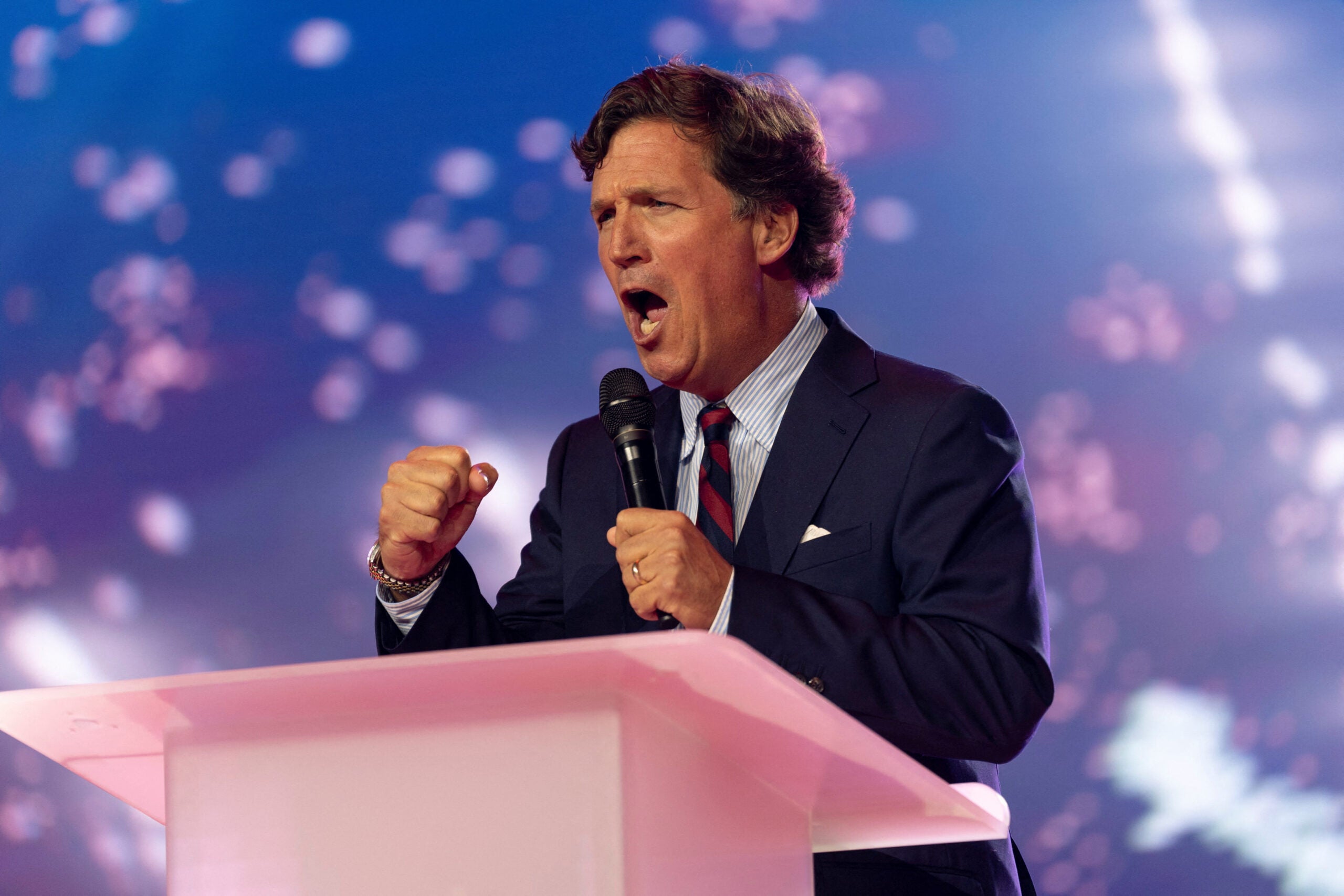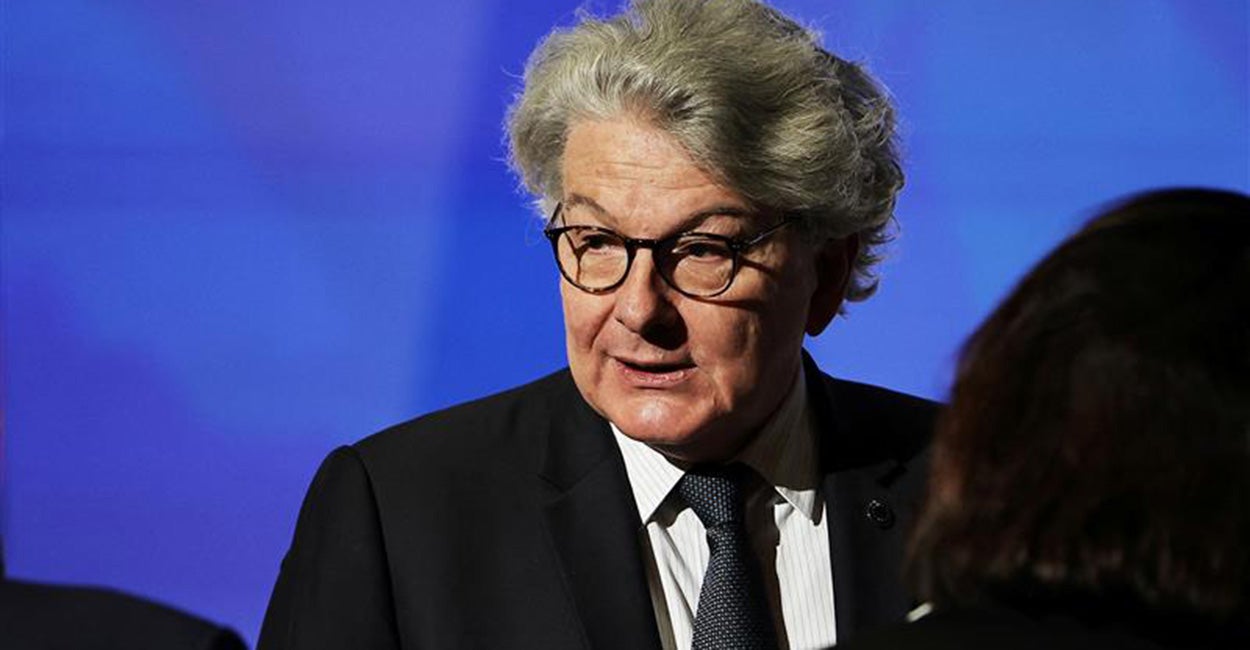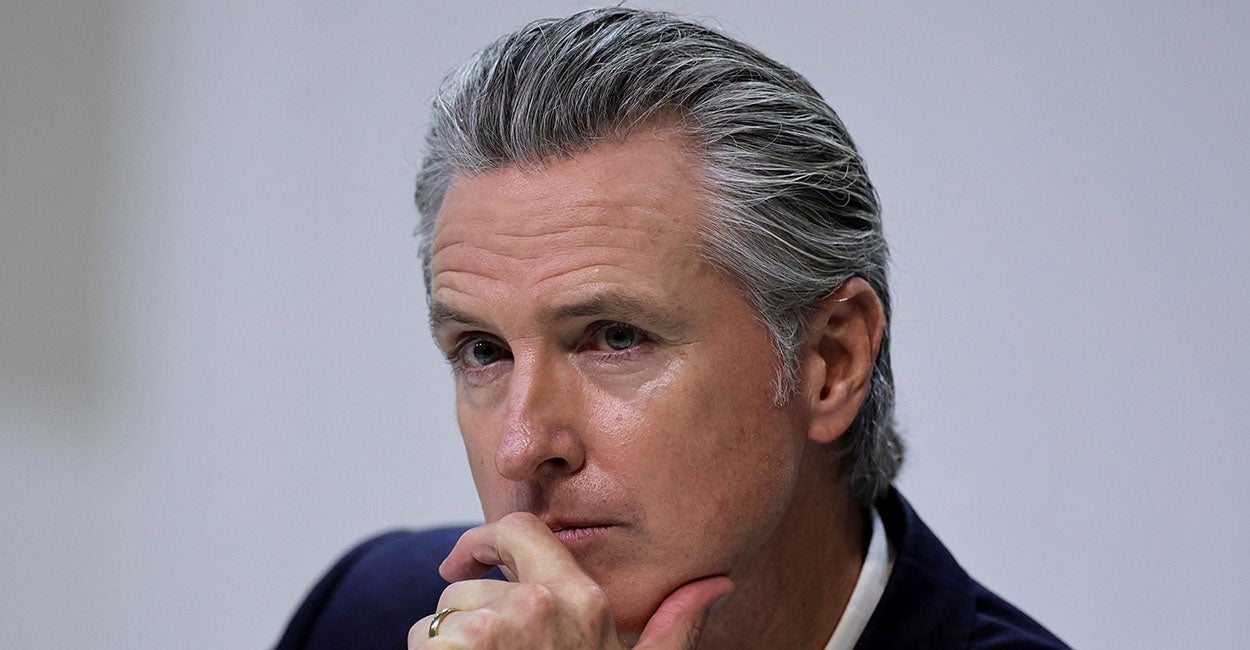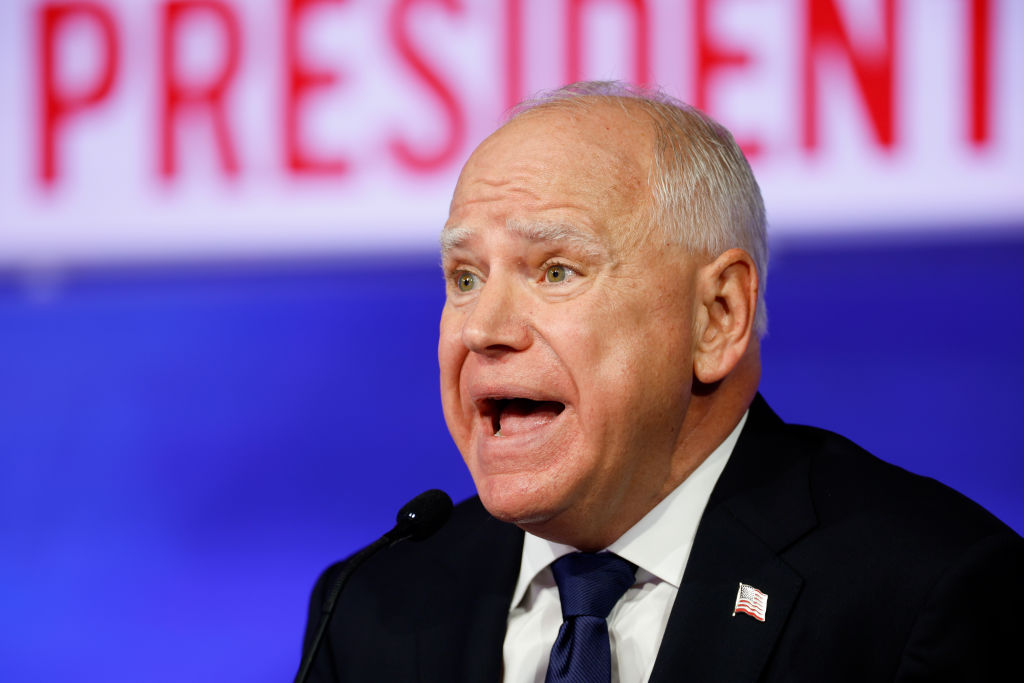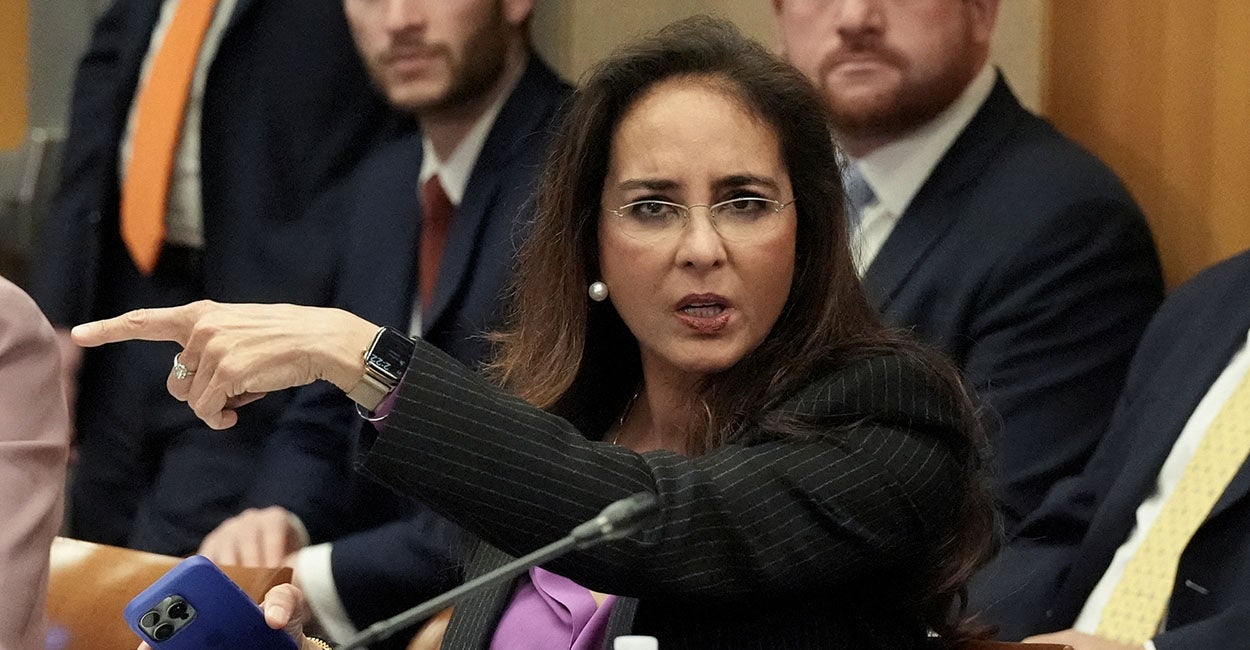The Greatest Enigma: How Christians Solved a Foundational Mystery 1700 Years Ago
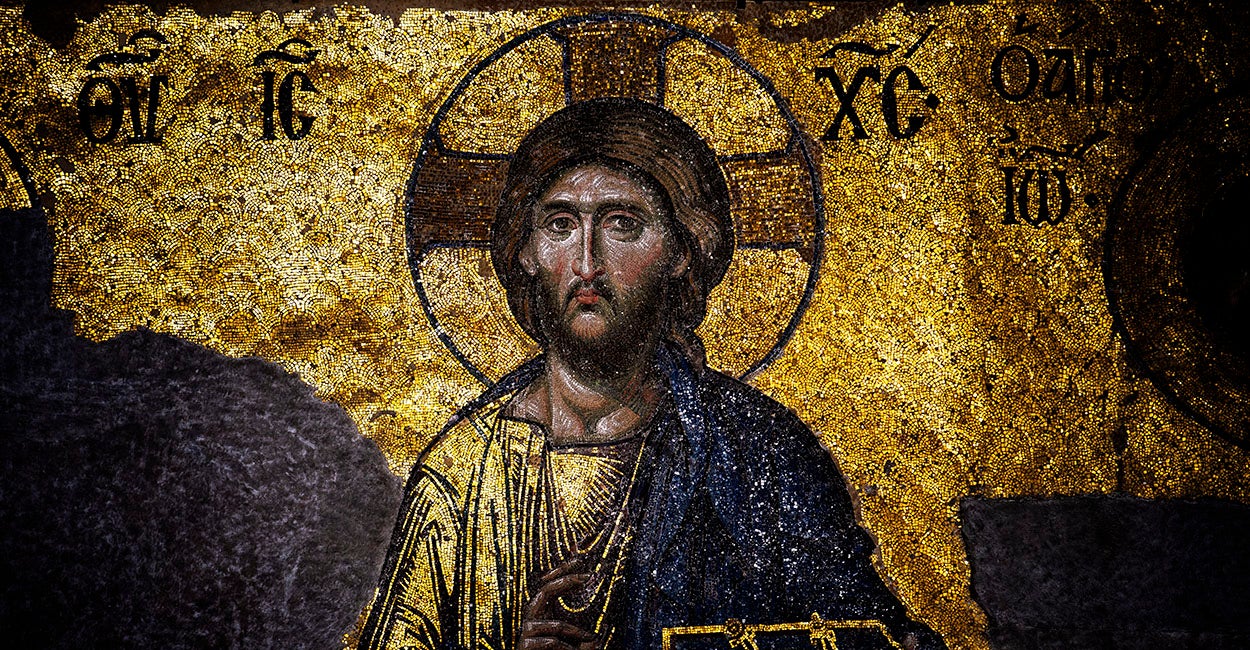
Eighty-five score years ago, our religious forefathers brought forth a new creed, grounded in scripture and dedicated to the proposition that Jesus is both fully God and fully man.
Live Your Best Retirement
Fun • Funds • Fitness • Freedom
Between May and August 325 A.D., Christian leaders across the Roman Empire joined together to debate a central question: What is Jesus’ nature? Contrary to popular belief, the man who called the council, the Roman Emperor Constantine, did not make Christianity the empire’s official religion—he merely made Christianity legal. The council would adopt the formula later cemented into the Nicene Creed (completed by the First Council of Constantinople in 381).
The creed states that Jesus is “the only Son of God, eternally begotten of the Father, God from God, Light from Light, true God from true God; begotten not made, of one being with the Father.” Yet “for us men and for our salvation he came down from heaven. By the power of the Holy Spirit he was born of the Virgin Mary and became man. For our sake, he was crucified under Pontius Pilate. He suffered, died, and was buried. On the third day, he rose again, in fulfillment of the scriptures.”
This idea was revolutionary, especially for Jews who considered God so holy that they would not even pronounce his name. Not only did God become flesh, but he submitted himself to the greatest humiliation and curse (for “cursed is everyone who hangs on a tree,” according to Deuteronomy 21:23) in order to save mankind from our sins.
It stands to reason that people would have trouble working out exactly what this means. Even Nicaea did not mark the end of debates about Jesus’ nature. Over hundreds of years, Christians would debate whether Christ is divided, whether he is fully God and fully man, and how many wills he has.
Ultimately, the church settled on a complex understanding of Jesus that Catholic, Eastern Orthodox, and Protestant churches share today: Jesus is fully God and fully man, one person with two natures and two wills.
To call this doctrine foundational would be a vast understatement. Christianity teaches that God created human beings, but we have sinned and fall short of His standards for us. Only God himself could save us, and he did so by sending his Son, Jesus, to die on the cross for our redemption and rise from the dead to prove his divinity. Jesus could not have saved mankind if he had not become man, and he could not have bridged the gulf between God and man if he had not been God.
Early Christian heretics adopted various philosophical tricks to explain away the apparent contradiction of one person being both human and divine. Arius, the most famous, taught that Jesus is not co-eternal with God the Father, but rather is a created being. The Docetists, meanwhile, taught that Jesus only seemed to be human (the Greek word “dokein” means “to seem”), but he is really only God.
The church rightly rejected both heresies. In fact, some reports claim that Saint Nicholas of Myra, the historical figure who formed the basis for Santa Claus, reportedly hit Arius in the face at Nicaea. Historians doubt this today, but the story’s staying power illustrates the church’s long-running contempt for Arius’ heresy.
While Christians today may disagree with one another on many key topics, they accept the conclusions of the early ecumenical councils on the nature of Jesus, and no council was more important than Nicaea.
By establishing Jesus’ nature, the council set the stage for a Christian resolution to many theological problems. Jesus is both fully God and fully man. The Trinity is both three persons—the Father, the Son, and the Holy Spirit—and one essence, God. Human beings are heavily influenced by our circumstances (predetermined) but also moral agents able to be held accountable for the good or evil we perform.
Rather than adopting a neat logical explanation for everything that leaves half of our experience unexplained, Christianity accepts the apparent contradictions and embraces the full truth, even though we can’t fully understand it.
In November, Pope Leo XIV (the head of the Catholic Church) and Ecumenical Patriarch Bartholomew (the unofficial head of the Eastern Orthodox church across the world) will journey to Iznik, Turkey in November to commemorate the council. While Catholic, Eastern Orthodox, and Protestant Christians disagree on important issues, this anniversary should serve as a reminder of the bedrock truths that bind all Christians together.
The post The Greatest Enigma: How Christians Solved a Foundational Mystery 1700 Years Ago appeared first on The Daily Signal.
Originally Published at Daily Wire, Daily Signal, or The Blaze
What's Your Reaction?
 Like
0
Like
0
 Dislike
0
Dislike
0
 Love
0
Love
0
 Funny
0
Funny
0
 Angry
0
Angry
0
 Sad
0
Sad
0
 Wow
0
Wow
0

